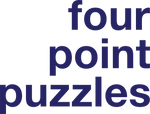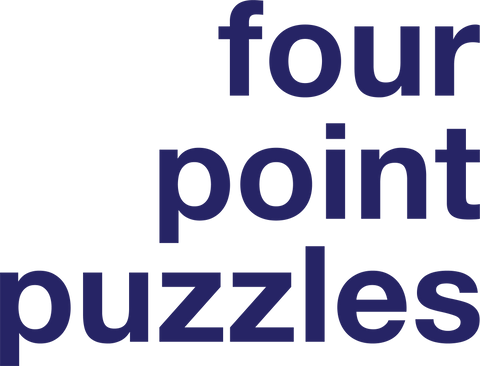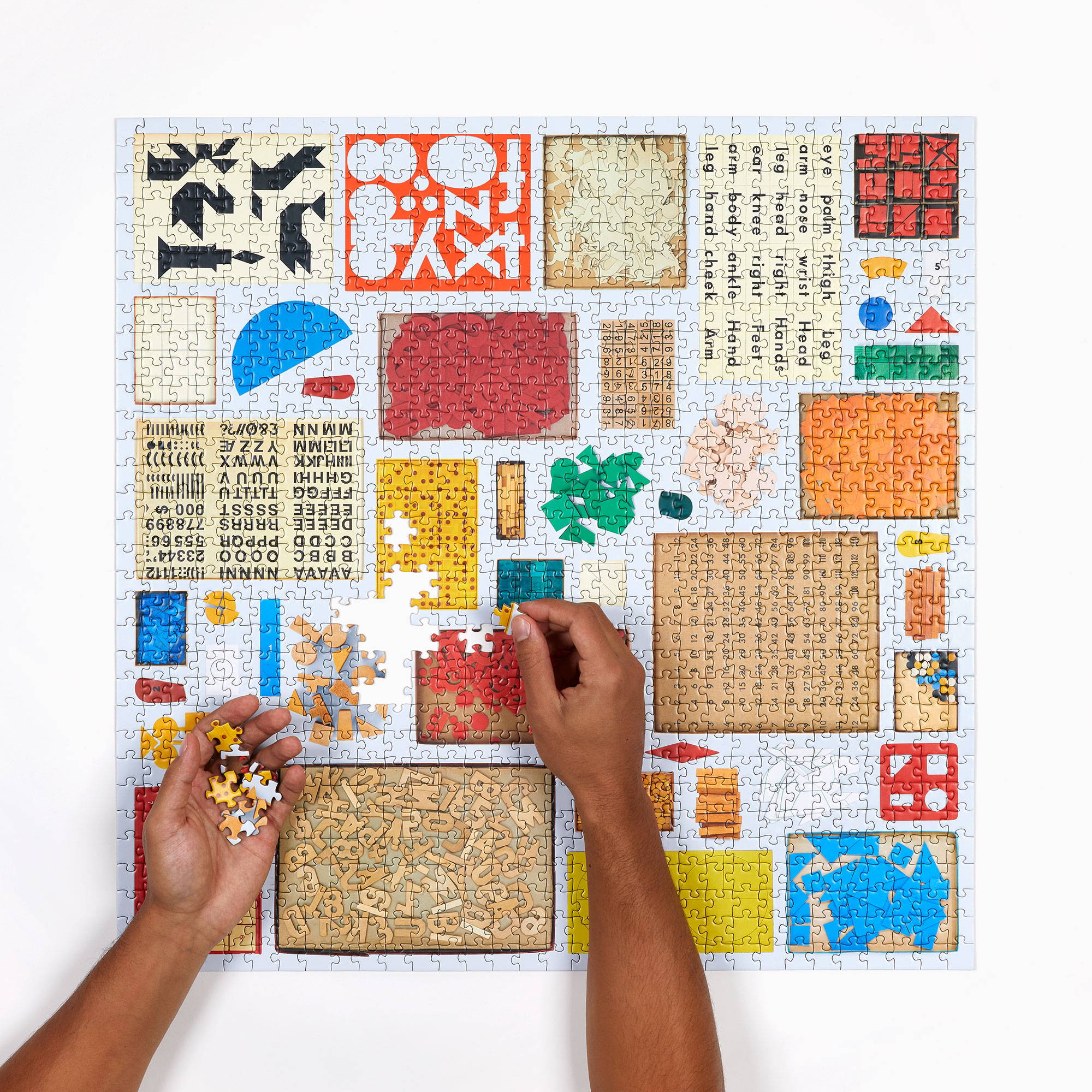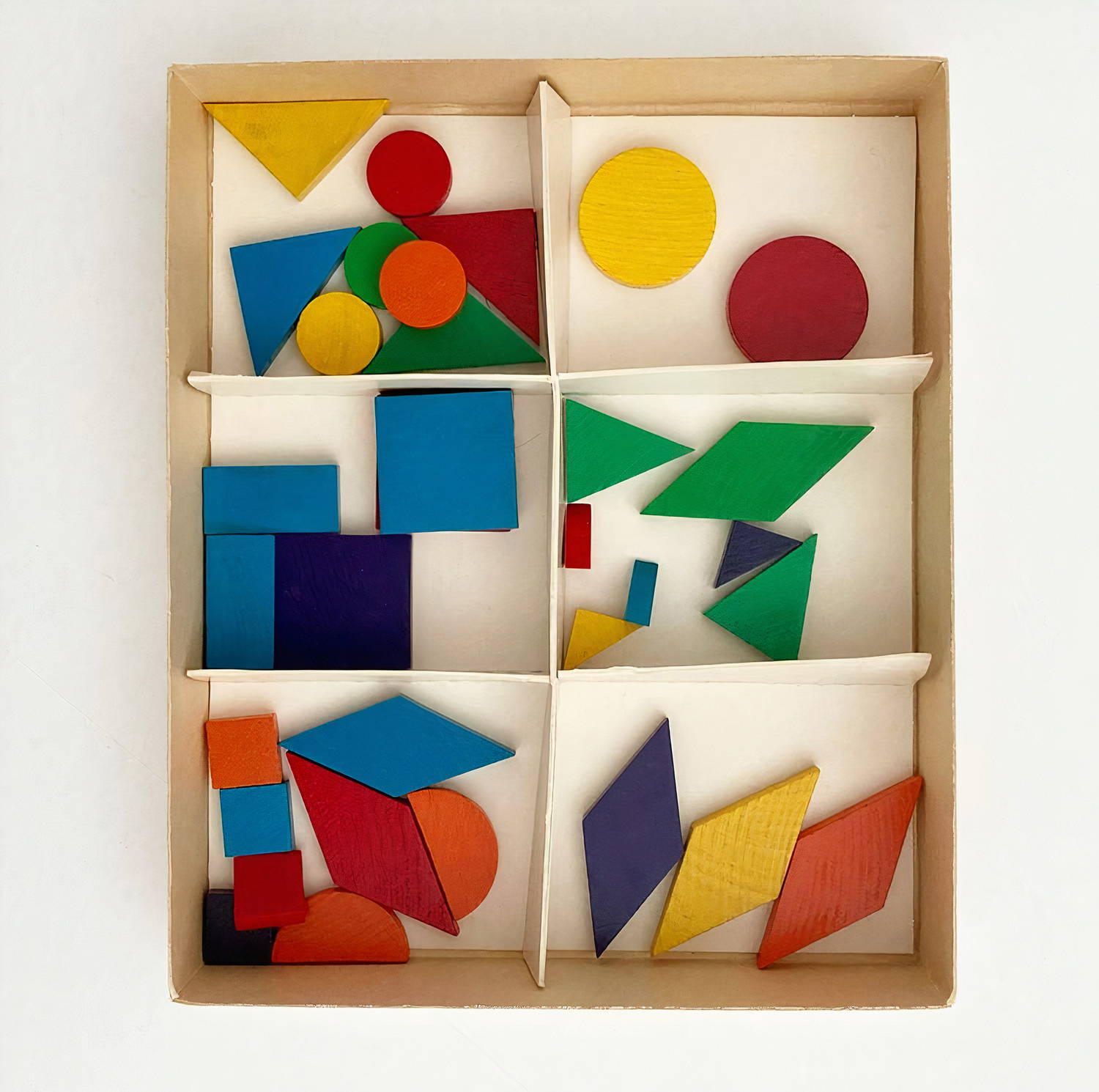Artist Feature - Micah Lexier
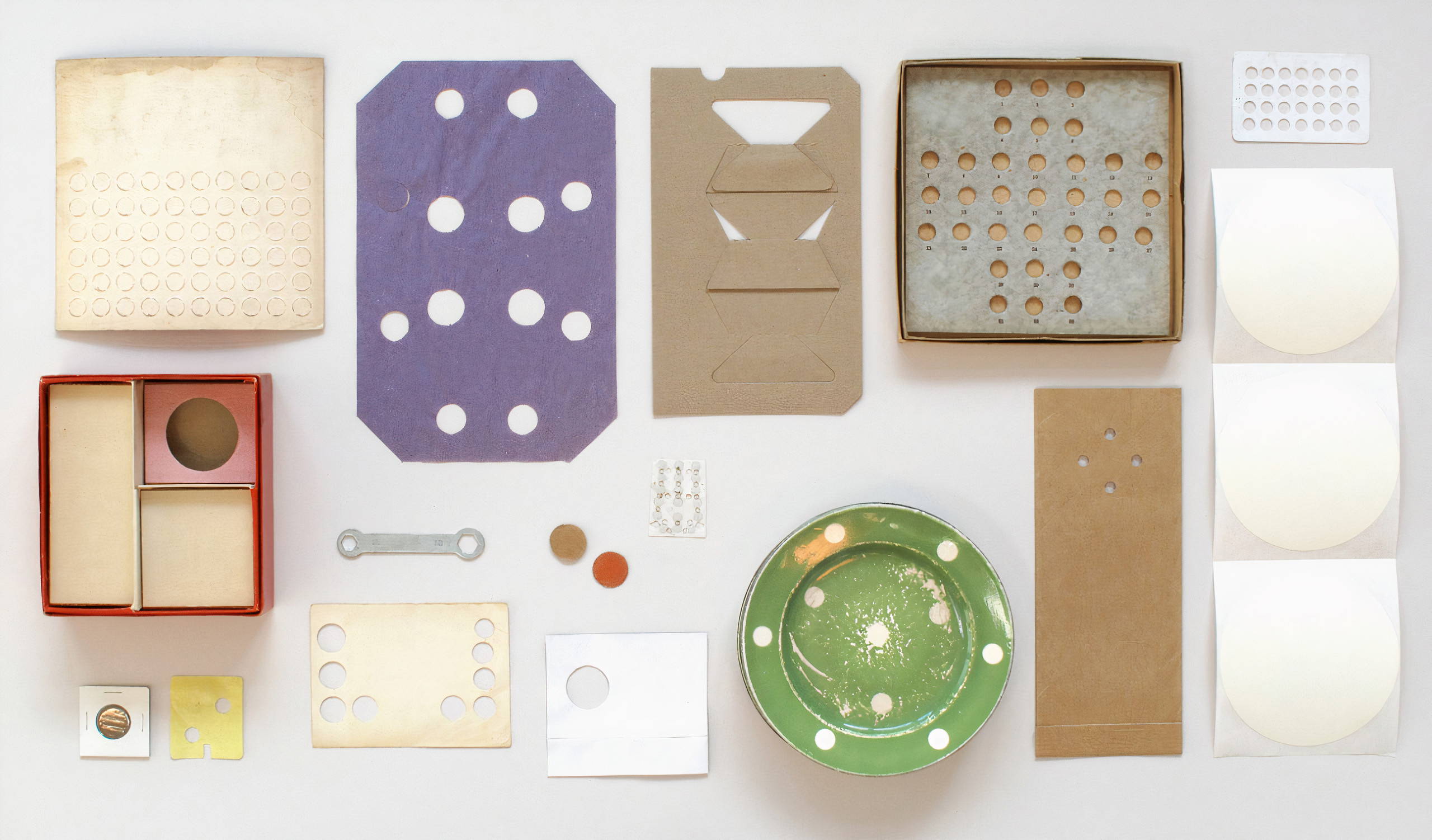
Twelve of One, 2010, found objects in an existing vitrine, exhibited at Art Metropole, Toronto
Micah Lexier’s fascination with incorporating found objects in his artwork was the perfect basis for a jigsaw puzzle.
Micah Lexier is a Toronto-based artist whose activities include making, organizing and collecting—and many of the things he collects make their way into his art. He has a deep interest in measurement, increment, found imagery and display structures. His artwork takes many forms, from illuminated lightboxes to vitrine installations to a jigsaw puzzle.
In 2020, Micah’s created Several Found Things (Numbers, Letters, Shapes)—a jigsaw puzzle which consists entirely of found objects culled from his archive of teaching tools, games, puzzles, tests, building blocks, stationery, stencils, magic tricks and a number of utilitarian objects. In creating this puzzle, he selected objects that included letters, numbers and simple geometric shapes, with a focus on those with multiple or repeated elements. In doing so, he was able to embed a series of small puzzles within the larger puzzle.
We chatted with Micah about his process for creating Several Found Things (Numbers, Letters, Shapes) and how this puzzle fits into his larger body of work.
What most interested you in collaborating with Four Point Puzzles to turn your work into a jigsaw puzzle?
I’ve been working with found imagery in my artwork for a while now, so I was excited about the potential for a commercially-produced puzzle to connect me with a larger world, and vice versa. Also, I have played with the idea of puzzles within my artwork, so it was a natural progression to make a puzzle—not a work about a puzzle, but an actual puzzle.
Have you completed your Several Found Things (Numbers. Letters, Shapes) puzzle? If so, what did you think?
Ah, putting me on the spot, eh? Yes, I did complete the puzzle with my partner, but to be honest he did most of it. I’m really glad I did try it out, as I have a much better idea of what kinds of challenges are more pleasurable. And in any subsequent puzzles, I will try to include more of those moments.
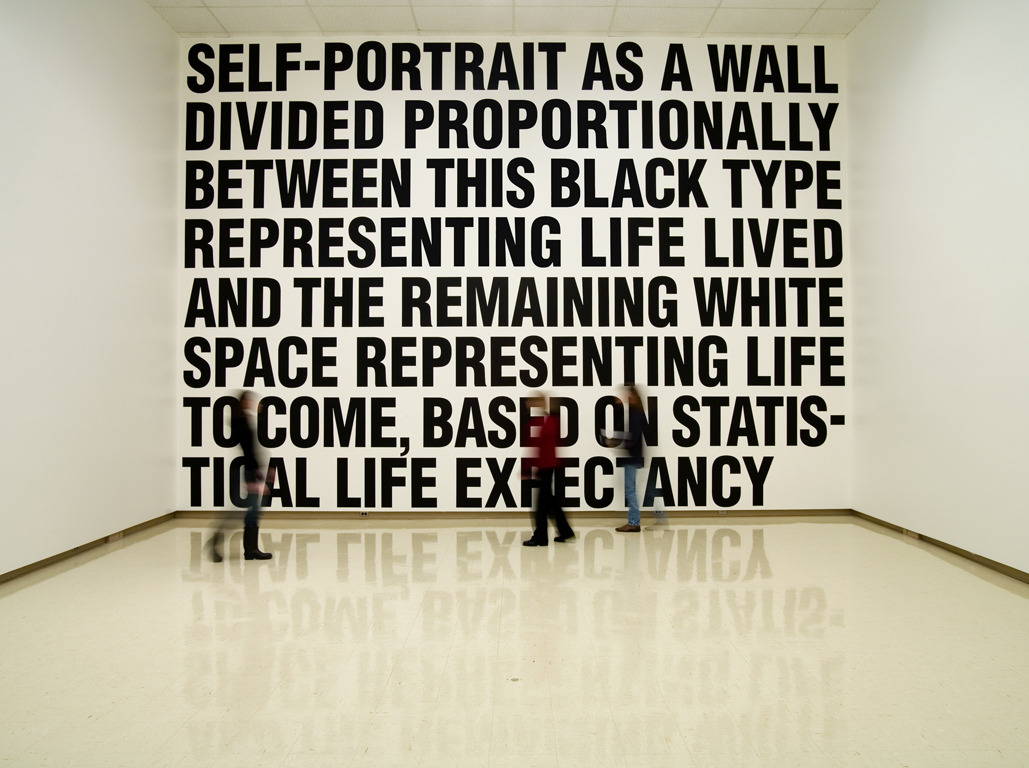
Self-Portrait as a Wall, 1998
When you were first brainstorming ideas for this puzzle, you had considered adding to your series of self-portrait works. [For our readers, please see Self-Portrait as a Wall, above] in which the work’s massive wall-covering text explains that the amount of wall space that the black type covers indicates Micah's current age in proportion to the surrounding white wall space, which represents the estimated years he has left to live based on average life expectancy. Self Portrait as a Puzzle would have been a challenging puzzle to assemble, but also an interesting addition to this series. Can you tell us more about this series?
That work is so very different, both graphically and conceptually, from Several Found Things (Numbers. Letters, Shapes). It’s from a time when I was working with measurement as the basis of my work. Some works dealt generally with the various increments of time, whereas others used my age in years at the time of making the work, as the subject matter. Self-Portrait as a Wall was about visualizing the ratio of life-lived to life-to-come as a black and white text. I think it would have made a graphically-strong puzzle, but it might have been a bit too challenging a puzzle for a general audience to complete. I’m happy that you encouraged me to work with my collection of found imagery for our collaboration.
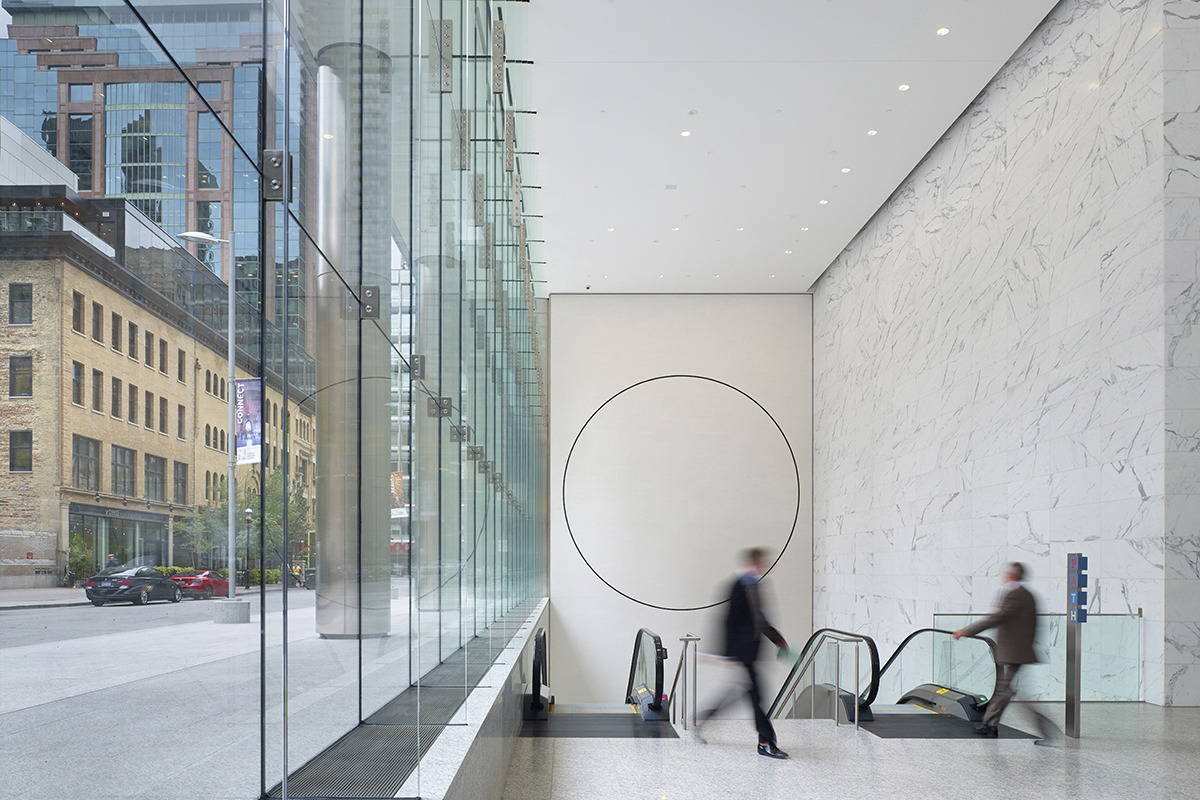
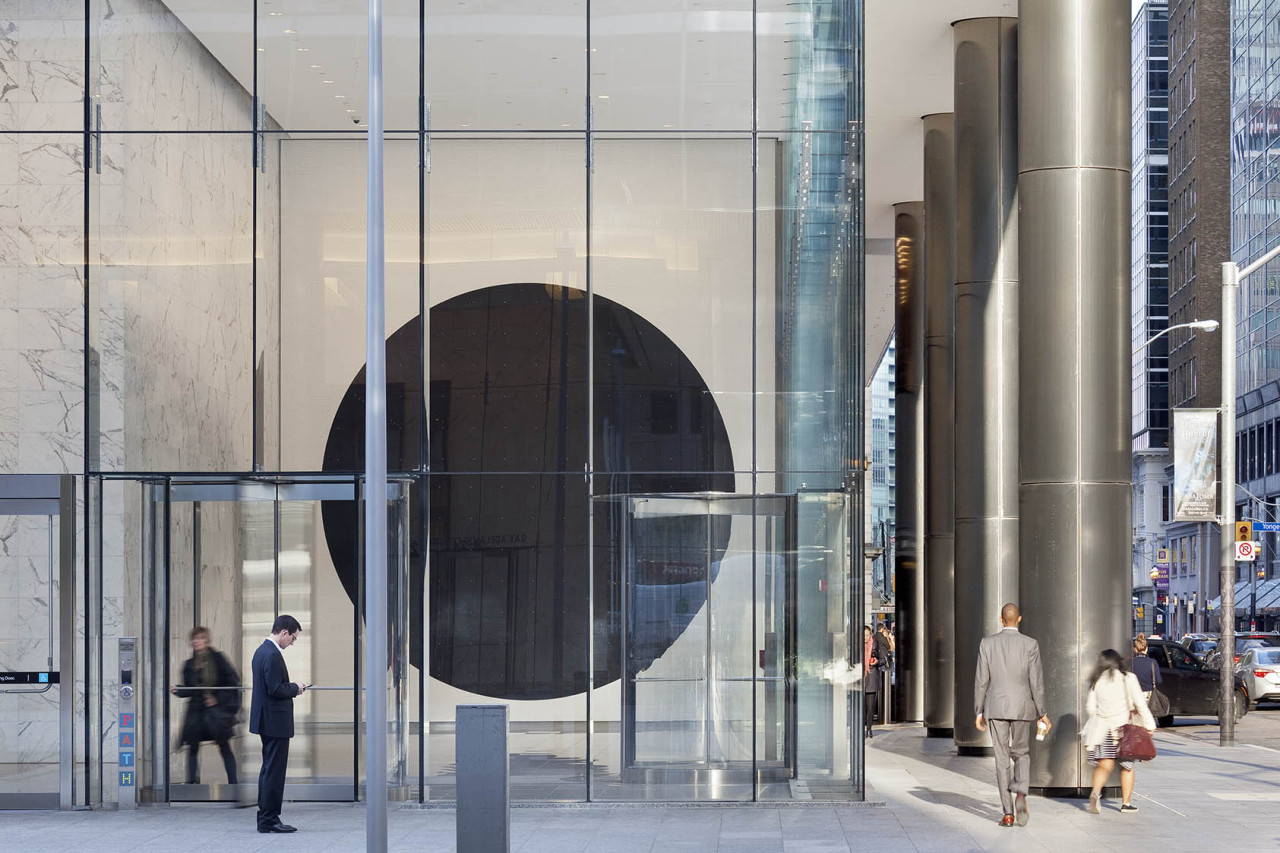
Two Circles at the Bay Adelaide Centre, 2016, Toronto
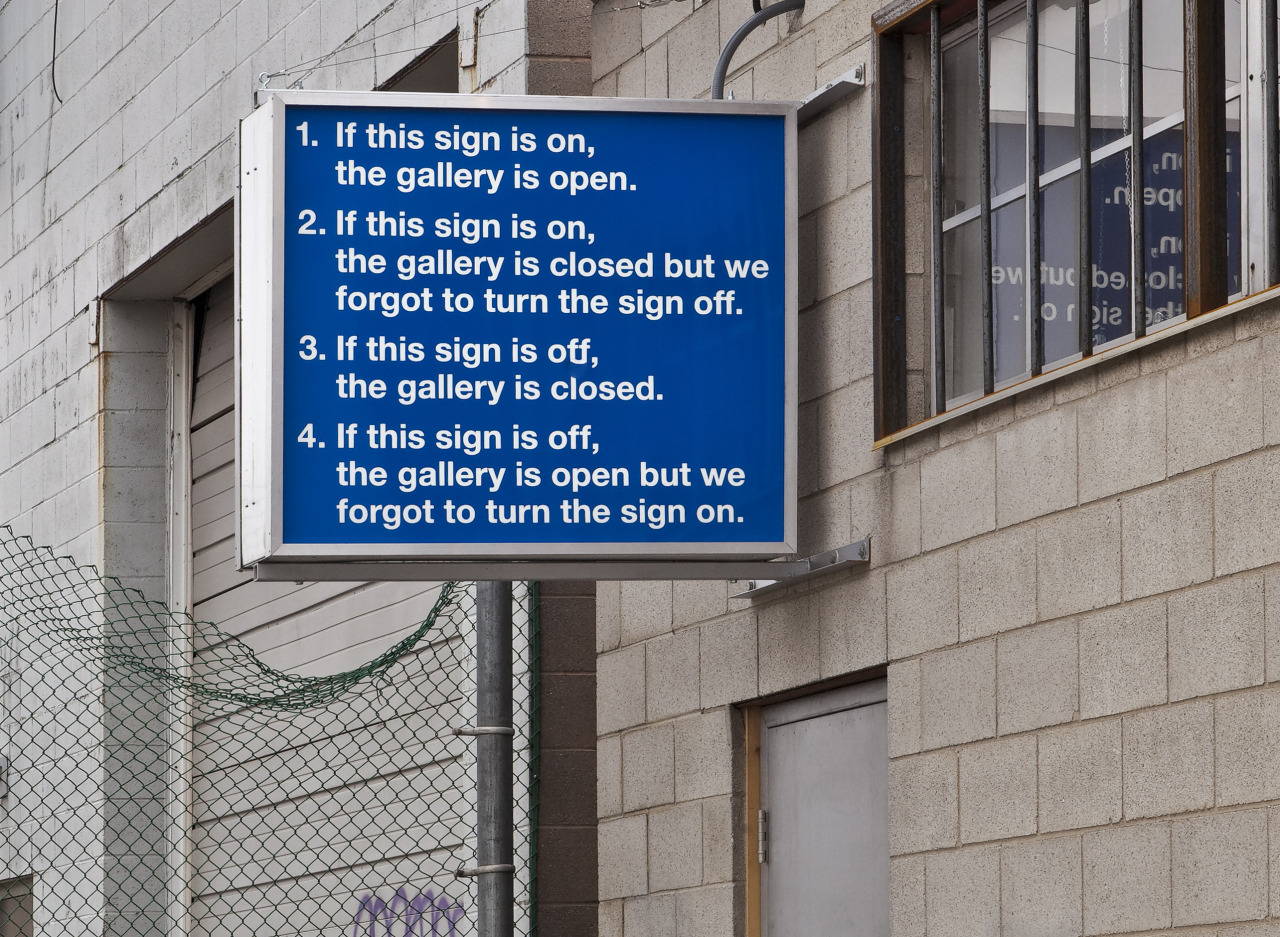
This Sign (For Scrap Metal), 2011, commercially-produced backlit sign made for Scrap Metal, a private exhibition space in Toronto
Aside from being a visual artist, you are also a curator and collector. Your puzzle design ultimately became a curated grouping of numbers, letters and shapes, all culled from your archives. How did you choose the objects to include?
I have so many different categories of objects that I collect so I started by focusing on those items that featured numbers, letters and shapes. I selected objects that I thought were strong individually, but that I felt would also work well when placed beside other things. In most cases I chose items that consisted of a single colour, which would allow me more flexibility when it came time to start moving things around. If I needed a hit of blue, I just grabbed one of the blue objects. And, finally, my collection is constantly growing so, for my own sake, I wanted to include a number of the more recent acquisitions.
Can you tell us a bit about your process for arranging the objects that you chose for the puzzle? Were the objects chosen and then arranged or did the arrangement inform the chosen objects?
I work very intuitively. I cleared off our dining room table and just started placing the things I had pre-selected. Every time I walked by the table over a period of a couple weeks, I would look it over and try to evaluate what was working and what was not. I would move things around, swap things out, remove certain elements, until nothing was bothering me that much. It’s important not to drain the spontaneity, so I made an effort to hold myself back from over-working it.
From Micah’s Instagram account, @MicahLexier
When you are creating new work, the experience of the viewer must impact your creative process. With this puzzle, I would assume that the experience of the viewer (in this case the puzzle solver) was front of mind. Was the process of creating the puzzle different in this respect?
Not really. Because I had never really done a puzzle before I was not in the mindset of a puzzle-maker. The process was no different from making any of my vitrine displays—just trying to get the balance of elements right, to make things look effortless…like they just belonged where they were. The only difference with the puzzle was that I did not want there to be a “correct” orientation for viewing and building the puzzle, so I laid things out with that in mind.
Your puzzle has been very well received by our customers (it is so much fun to put together!). I’m sure they would love to know the stories behind some of the objects you chose. Can you tell us a bit about two or three of the objects that made it into the puzzle?
I don’t really have stories behind any of the objects, as they are not related to my past in any way. I purchased most of them from flea markets, antique/thrift stores, or Ebay and, in some cases, I was given them as gifts. There are two, related objects in the puzzle that are among my favourites. Both are boxes in which something has been printed on the inside of the actual box. The first is a small box that has orange paper on the outside and a thin grid printed on the inside. A detail, that unfortunately you cannot see in the puzzle, is that the printed lines of the grid turn up slightly onto the sides of the box. I just love the simplicity, size and subtle details of this object. The second is a larger box with a grid of numbers—a multiplication table actually—printed directly on the inside of the box. One of the details I love about this object is that a different typeface has been used on the three-digit numbers. Again, the size and the materiality of the box, combined with the print quality and the typeface choices, are what attract me to this object.
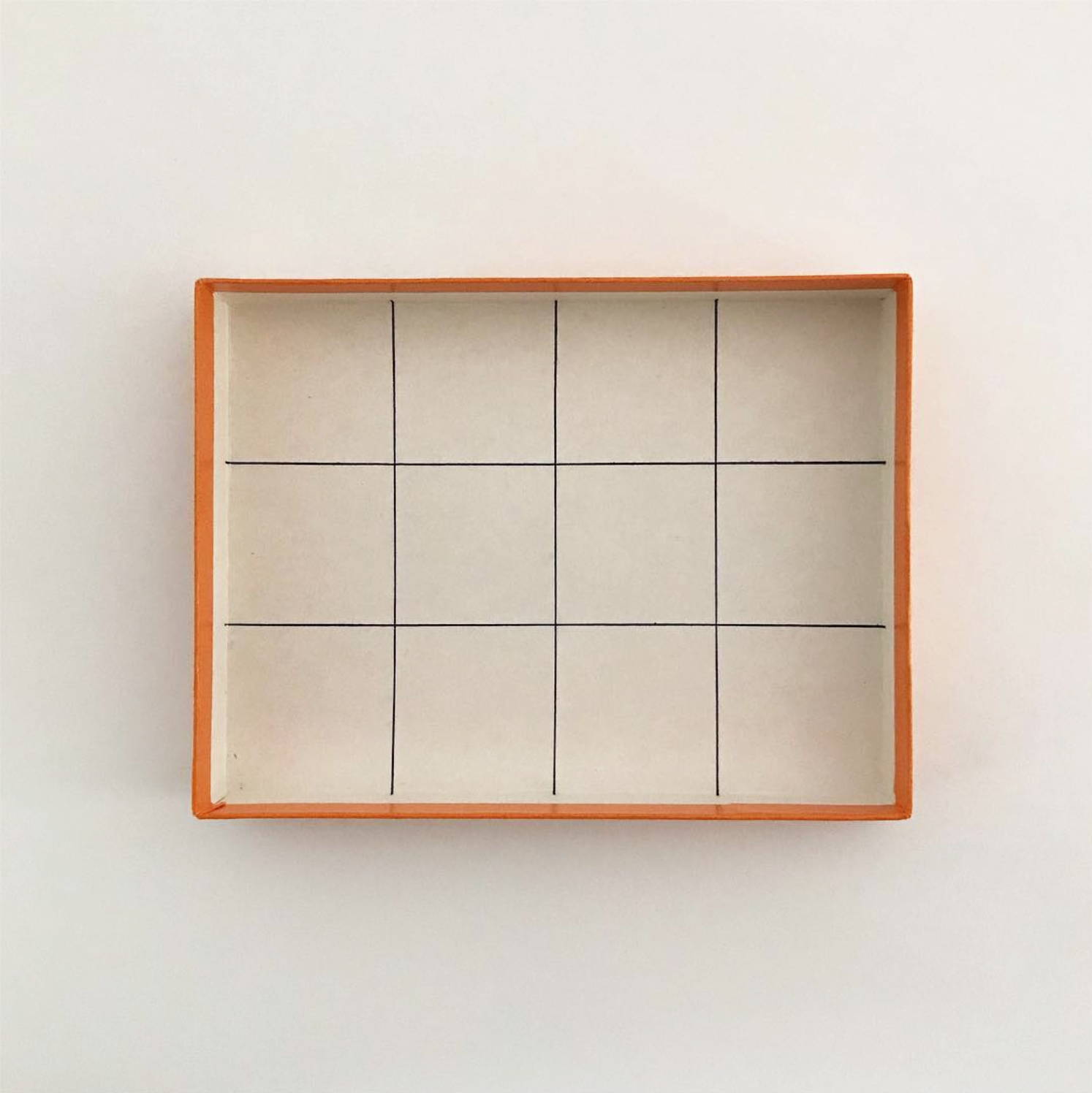
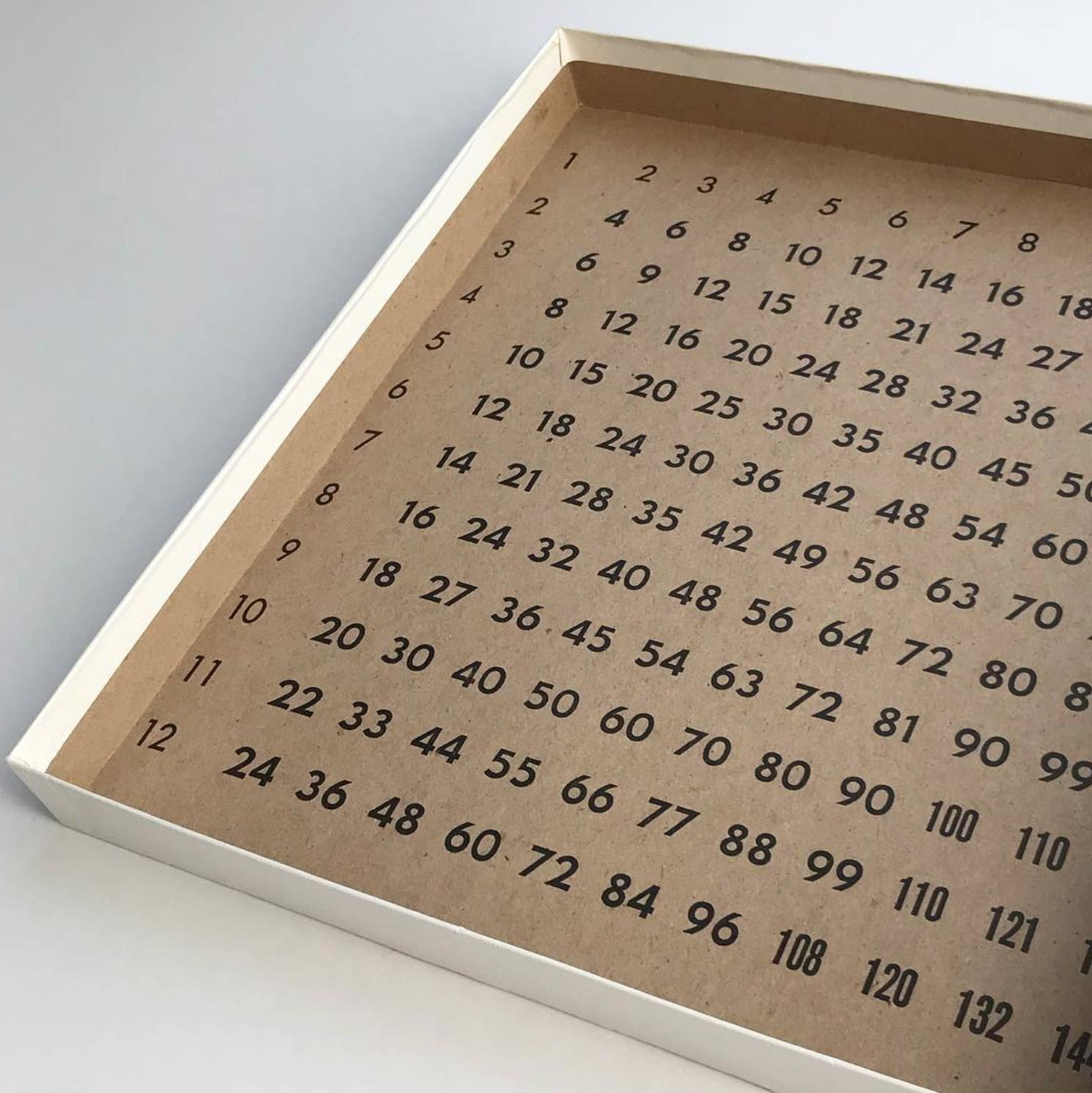
Details from boxes included in Several Found Things (Numbers, Letters, Shapes)
Micah has presented over 100 solo exhibitions, participated in more than 200 group exhibitions and has produced a dozen permanent public commissions. In 2015, he was honoured with a Governor General’s Award in Visual and Media Arts. Micah is represented by Birch Contemporary, in Toronto.
For an index of where to view Micah’s work and connect with him, please visit his website here. To see a sampling of Micah’s collected objects and inspiration, follow him on Instagram here.
